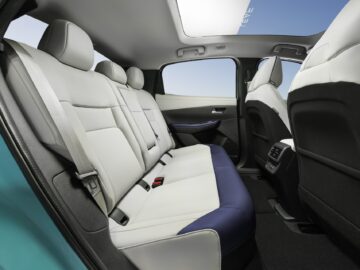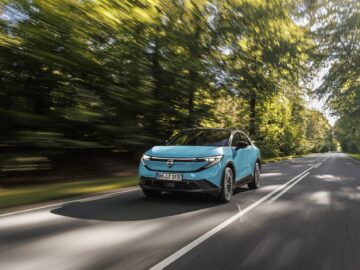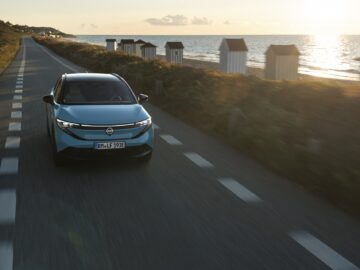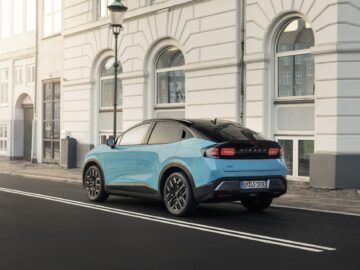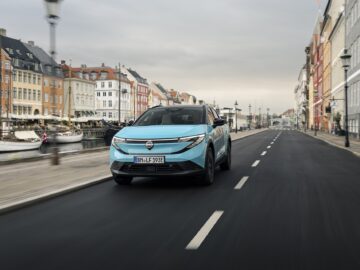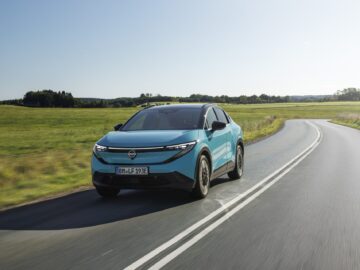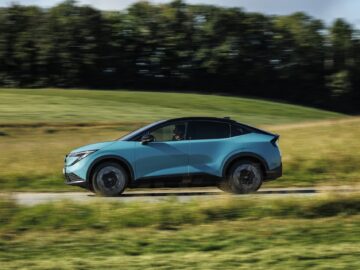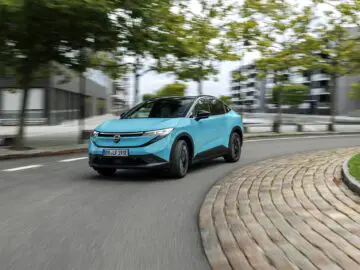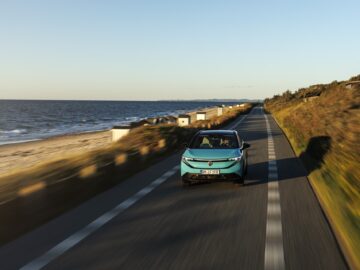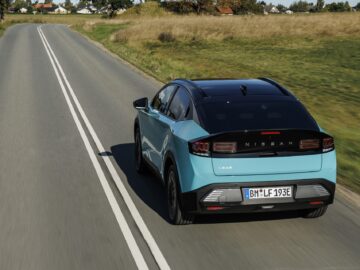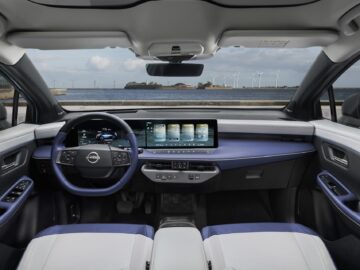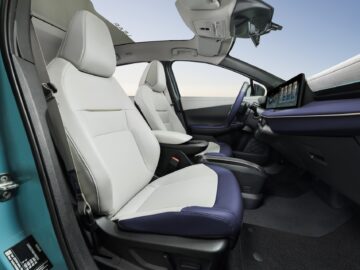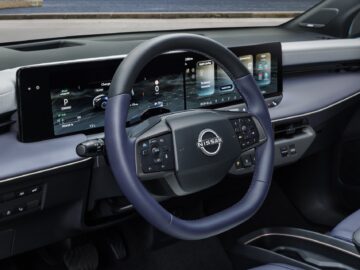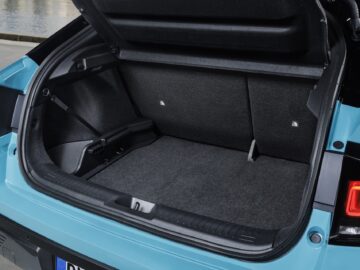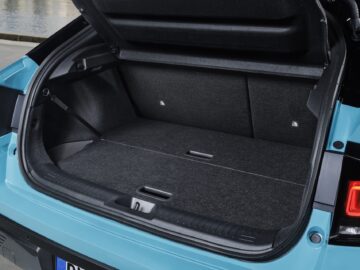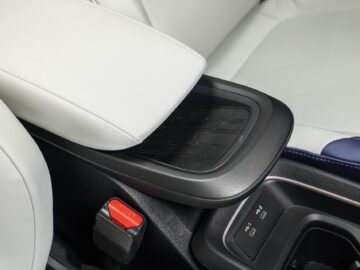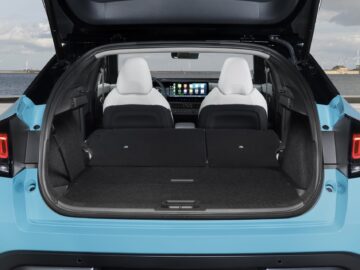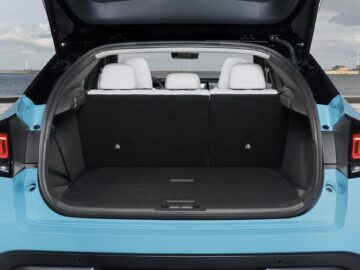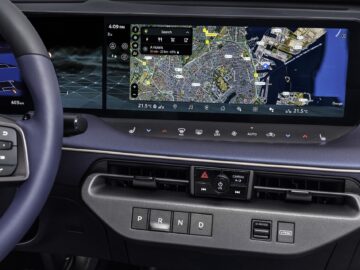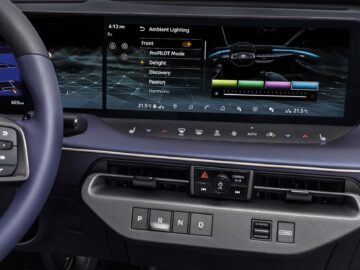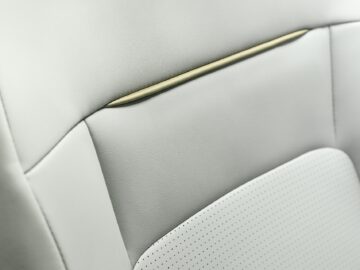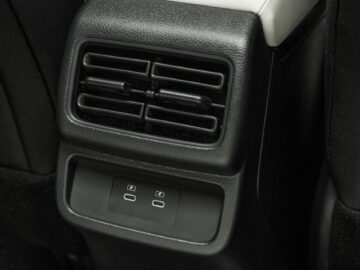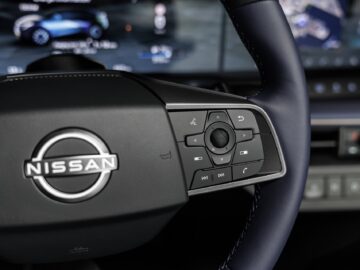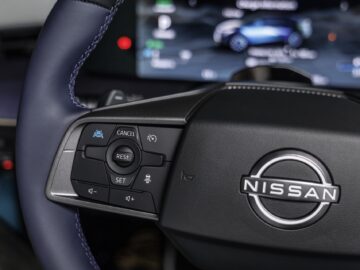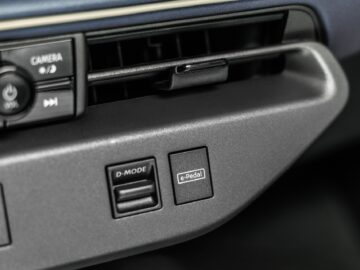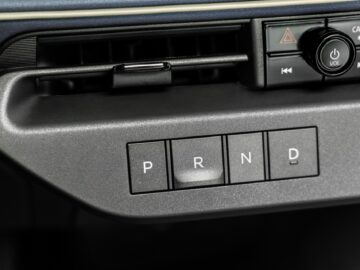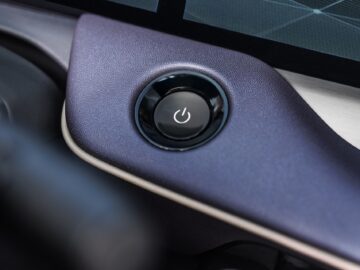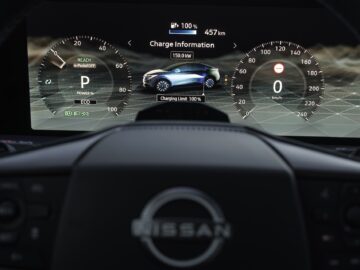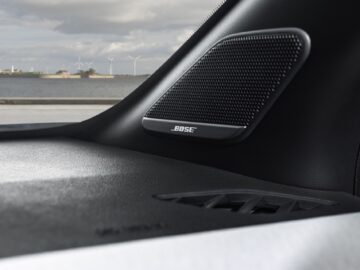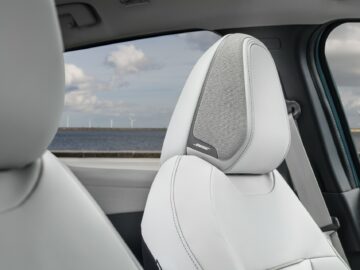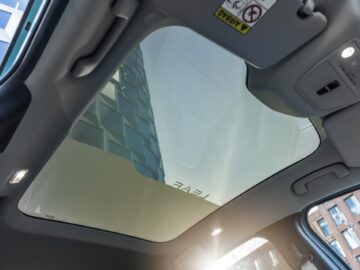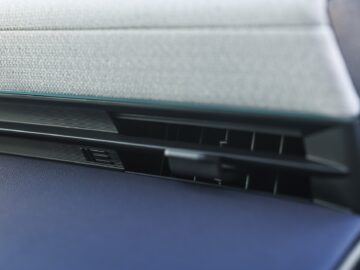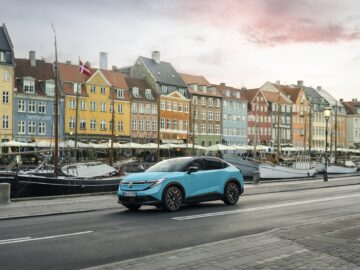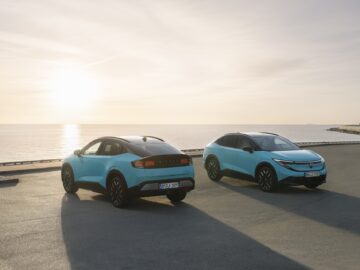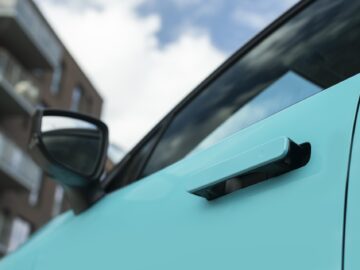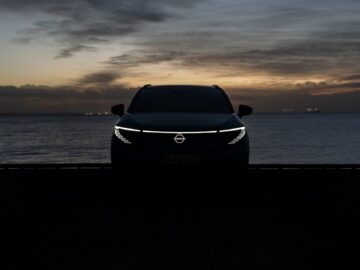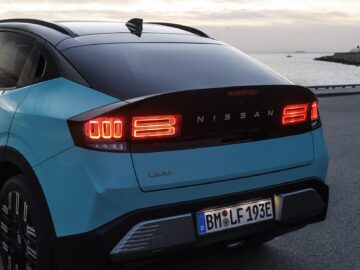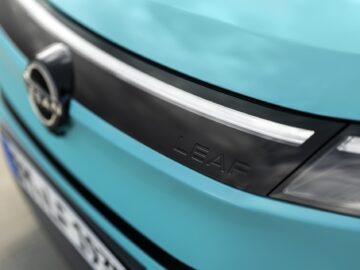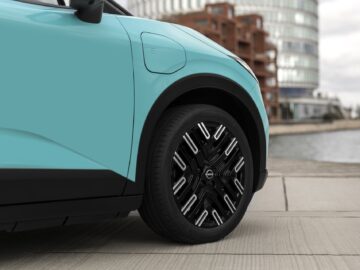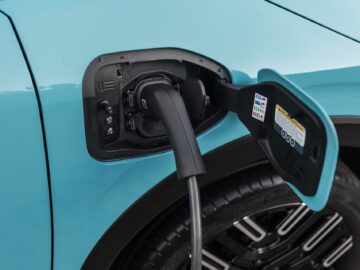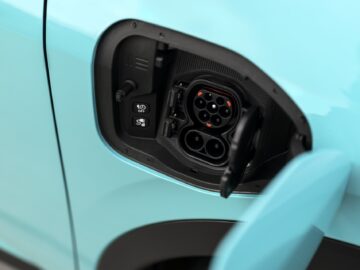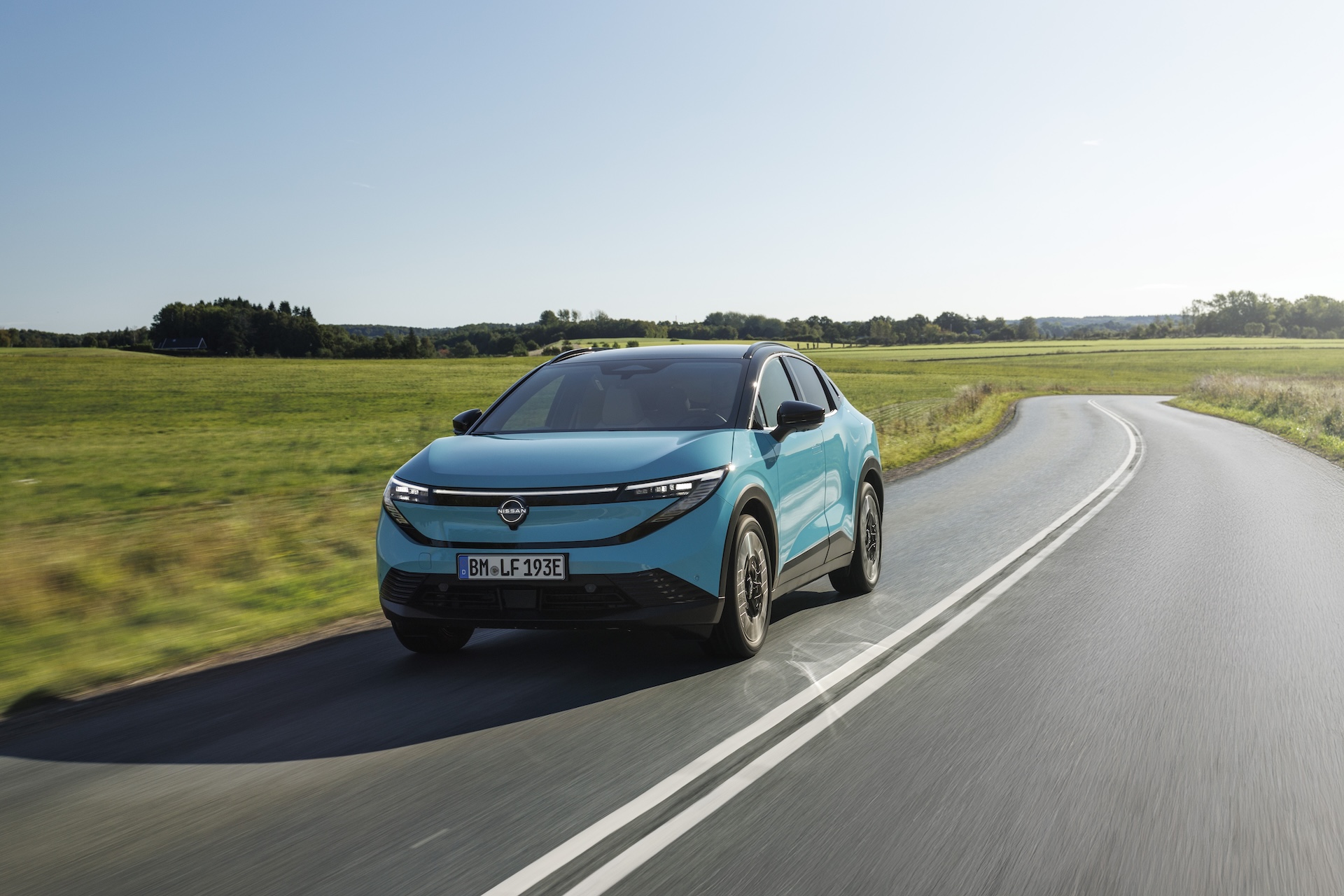Review – Nissan Leaf (2026), good enough for leading position?
History Nissan LEAF
The Nissan LEAF is one of the pioneers among electric cars. When it appeared in 2010, it was the first all-electric car in mass production. In doing so, Nissan took an important step toward electric driving for the masses. The first generation (2010-2017) had a 24 kWh battery and a range of about 160 km. Set against contemporary figures not very impressive. In later versions, that grew to 30 kWh. The second generation (from 2018) brought a completely new design, more power and a greater range thanks to battery packs of 40 and 62 kWh. These allowed the LEAF to travel 385 kilometers (WLTP). Nissan also introduced smart systems such as ProPilot (semi-autonomous driving) and e-Pedal, a form of one-pedal driving.
Nokia 3310 or Blackberry
By and large, the story of the Nissan LEAF compares extremely well to the Nokia 3310, or Nokia in general. Or Blackberry, examples abound. When it comes to Nokia, this company captured the hearts of millions of users with the iconic 3310. Bigger other successes Nokia didn’t really have. The same principle applies to Nissan. Yes, the brand had a big hit on its hands with the first-generation LEAF in 2010 – or from 2011 in Europe – with over 700,000 units sold. And yes, Nissan outsmarted and outpaced other manufacturers with this car. But after that, for various reasons, Nissan did not invest in the development of a new LEAF or another successful electric car in time. And so other manufacturers had time to catch up.
Is the new NISSAN LEAF (2026) also practical? – REVIEW – AutoRAI TV
Of course, a crossover
Granted, Nissan did come out with a 100% electric Nissan Ariya, but with that model Nissan is aiming at a higher segment. The first-generation LEAF was a reasonable compact EV for the general public. With the latest generation Nissan LEAF, the Japanese automaker is again aiming for that audience. But there is no longer any question of a hatchback body. The brand is betting on – how could it be otherwise – a crossover. Because that will give most buyers buckling knees.
The car was designed at Nissan’s Global Design Studio in Atsugi, Japan. Thanks to its streamlined design, the new LEAF has a favorable drag coefficient of just 0.25. The previous LEAF had 0.28. Features include recessed door handles, a flowing roofline and a fully covered underbody. All versions feature wheels with distinctive styling. The base version already has standard 18-inch alloy wheels and 195 mm wide tires. The second version in the lineup has 215 mm wide tires and the top version comes standard with 19-inch alloy wheels and 235/45R19 tires. By the way, the design of the 18-inch rim includes a subtle reference to the “Ni-San” pattern, which also matches the holographic 3D taillights.
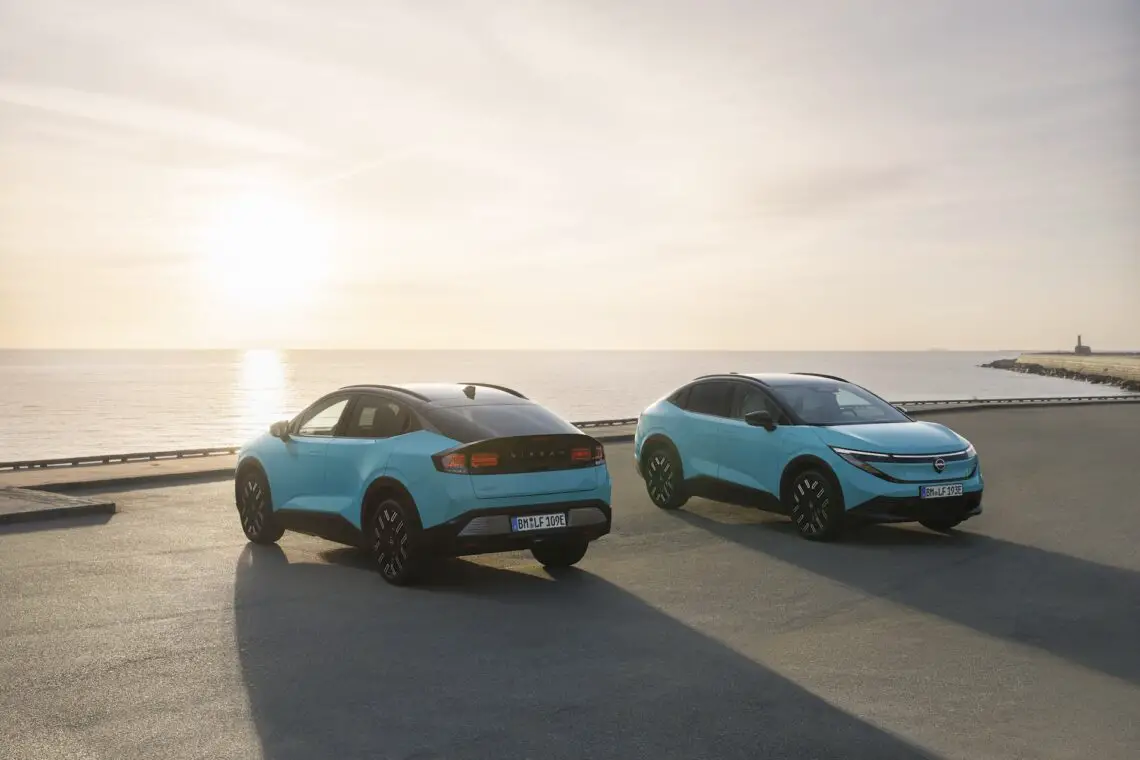
Dimensions Nissan LEAF
The car has a length of 4.35 meters, a width of 1.81 meters and a height of 1.55 meters. Similar proportions to the previous LEAF, in other words. The wheelbase comes out to 2.69 meters. Weight depends on the chosen powertrain. The variant with 52 kWh battery weighs a minimum of 1,789 kilograms and the 75 kWh variant weighs 1,937 kilograms. Fairly compact, then, but also fairly heavy.
The Nissan LEAF has a luggage compartment of 437 liters (VDA), expandable to 1,052 liters by folding down the backrest. An electrically operated tailgate is available as an option. If the car is equipped with roof rails, then it is possible to mount crossbars, for example. The new LEAF will be available with a choice of seven body colors, including the distinctive turquoise hue Luminous Teal. Also consider Ceramic Gray, Fuji Sunset Red, Pearl White, Sukumo Blue, Pearl Black and Gun Metallic. The interior is available in a black or white theme with subtle purple accents. Up to 70 percent of the interior trim is made from recycled materials.
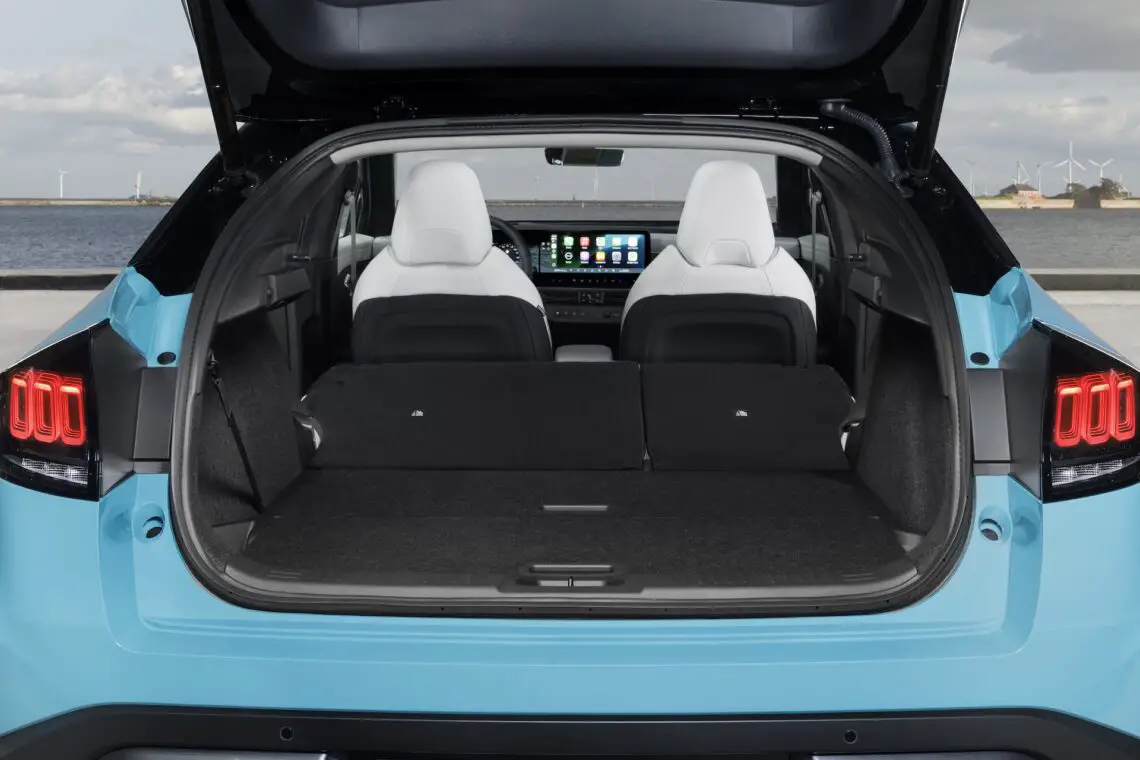
Interior Nissan LEAF
The interior itself looks original, especially thanks to the colorful use of materials. Hiding all functions in the touchscreen is not a good idea for Nissan. So there are also physical push buttons in the interior. Pretty nice. Other features include ambient lighting and a panoramic glass roof with adjustable light transmission and heat-reflective glass. The glass also incorporates a LEAF designation. Features such as the Drive Video Recorder and EV cable storage bag add safety and daily convenience. A removable tow bar is available as an option.
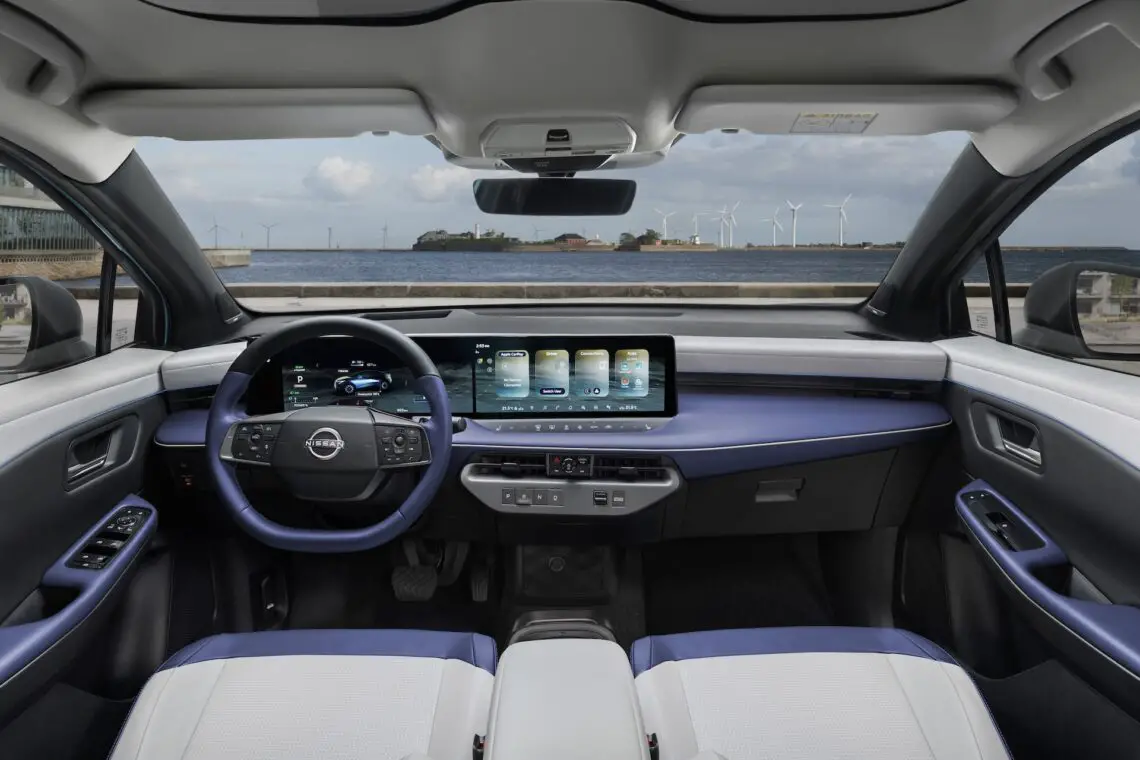
Driving range Nissan LEAF
Okay, and what about the driving range of the new Nissan LEAF? The Standard variant – with 52 kWh of usable battery capacity – has a driving range of up to 440 kilometers (WLTP). The Extended version – with 75 kWh usable capacity – gets about 622 kilometers (WLTP) on a full charge of electricity. Both batteries are NMC type.
The 52 kWh variant has a 130 kW and 345 Nm electric motor on board, good for a 0-100 sprint of 8.6 seconds. If you choose the top version with 75 kWh battery, you get 160 kW and 355 Nm and a 0-100 sprint of 7.6 seconds. In both cases, the top speed is 160 km/h. The 52 kWh version can AC charge at 7.4 kW (11 kW optional). The 75 kWh variant can always do 11 kW 3-phase AC charging.
Energy consumption
Thanks to a DC fast charging capability of up to 150 kW, up to 417 kilometers of driving range can be recharged in 30 minutes. Please note that this only applies to the 75 kWh version. The 52 kWh battery can fast charge with up to 105 kW. The LEAF’s powertrain is quite efficient. At a constant speed of 130 km/h, Nissan promises a range of over 330 kilometers. Of course, in combination with the larger battery pack. For the 52 kWh version it is 224 kilometers. Nissan promises an average energy consumption of about 13.8 kWh/100 kilometers, obviously according to the WLTP test standard. During our first 250 kilometers in Denmark, we averaged 14.9 kWh per 100 kilometers. That, too, is already very economical. In practice, count on about 500 kilometers of driving range for the version with 75 kWh battery. Both the 52 and 75 kWh variants can tow 750 kilograms braked.
The car has an intelligent battery temperature management system. This now works with Google Maps’ built-in route planner to bring the battery to the optimal temperature prior to reaching a quick charger. This makes the charging process faster and more efficient. The integrated Google system also helps plan longer trips by automatically selecting the most suitable charging stops along the route.
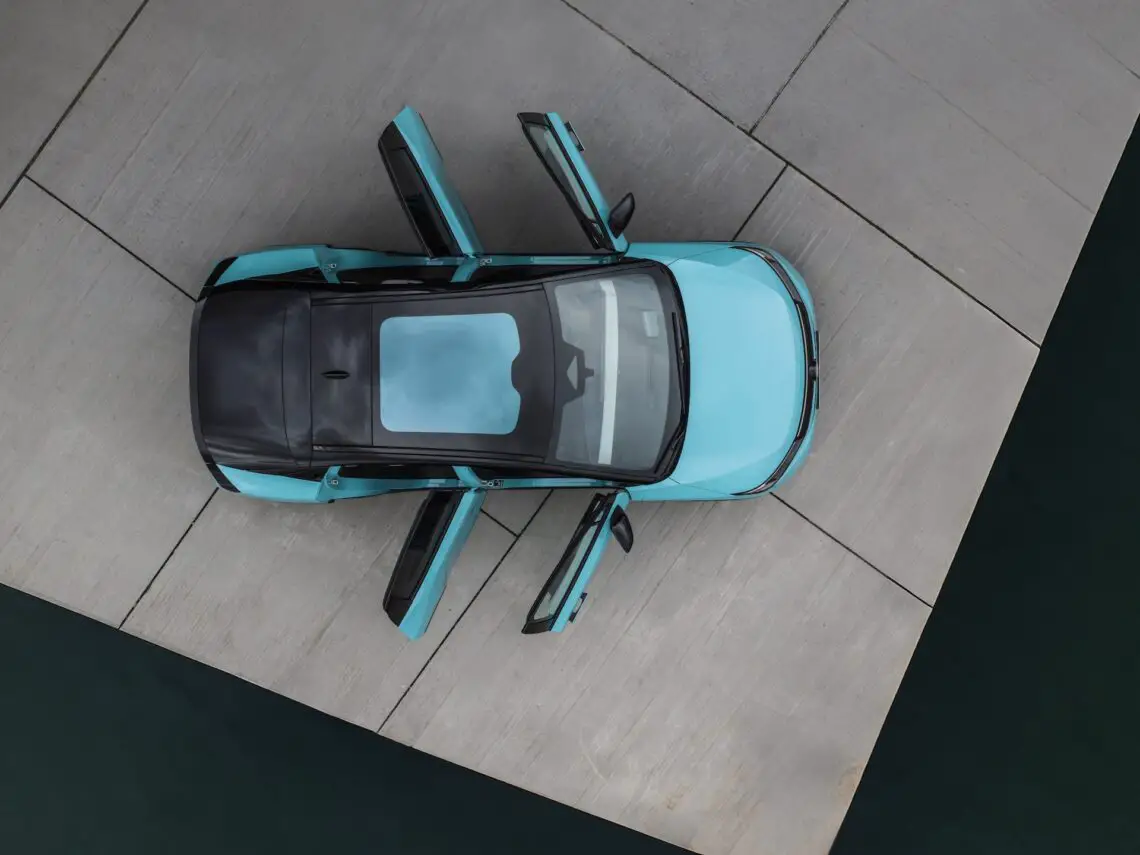
Vehicle-to-Load
Furthermore, the Nissan LEAF is equipped with Vehicle-to-Load (V2L). This feature allows electrical devices to be powered directly from the car’s battery. Using an optional accessory adapter, up to 3.6 kW of power can be utilized through the LEAF’s AC charging port. Useful for charging your laptop, for example, or using an electric BBQ in remote locations where no power outlet is available.
Looking to the future, the new Nissan LEAF is also suitable for Vehicle-to-Grid (V2G) applications, which allows the car to deliver energy from the battery back to the grid through a bi-directional charging point. This feature helps customers reduce their energy costs while contributing to a more stable and sustainable energy system.
Good ratings
So many amenities, in this new generation LEAF. Anyway, this car shows good report marks. And that is made possible in part thanks to the modular CMF-EV platform on which Nissan produces the new LEAF. The Nissan Ariya is also on this base group. Features include MacPherson front suspension and a multilink rear suspension, as well as ProPILOT Assist with Navi-link. This system adapts to curves and speed limits.
The car also has e-Pedal Step and adjustable regenerative braking. The degree of regeneration is adjustable via shift paddles or automatically via Intelligent Distance Control, which adapts to traffic. Unfortunately, e-Pedal does not stop the car completely to a stop. No full one-pedal driving, then. Unless you activate Nissan ProPilot on the highway, then the car does stop to a stop. As far as we are concerned, Nissan may also activate one-pedal-driving when you accelerate yourself via a software update, which would make the car complete.
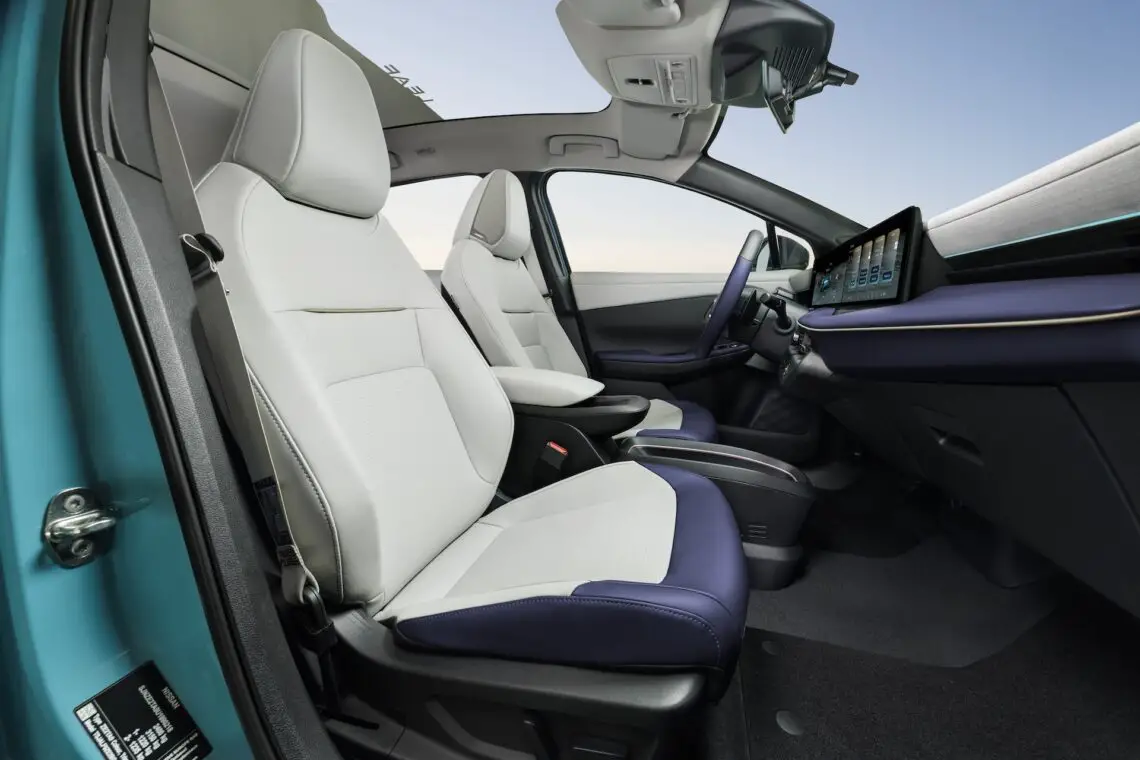
Various facilities
A system like 3D 8-way Around View Monitor and real-time display of the surroundings help with maneuvering in tight spaces. Also worth mentioning are Invisible Hood View and Front Wide View for better visibility during maneuvering or parking. The LEAF also comes standard with driving assistance systems such as Intelligent Cruise Control, a lane assistant, Driver Monitor System, a collision prevention system and blind spot monitoring. You can turn off desired driving assistance systems at the touch of a button, very nice!
And Google came by just a moment ago, too. The LEAF is packed with Google services. Think Google Maps, Google Assistant and Google Play Store, accessible via the two 14.3-inch displays in the car. The Connectivity app (NissanConnect Services app) allows you to remotely check battery status, manage the charging process, pre-heat or cool the interior, plan routes in the navigation system and much more. The car further has over-the-air updates. Audio is provided by a BOSE Premium Sound System, including speakers integrated into the driver’s headrest for navigation and phone alerts.
Focal points of the new Nissan LEAF
During our first few miles in the third-generation Nissan LEAF, we also detect a few areas of concern. For example, the A- and C-pillars are on the thick side, which affects visibility all around. Also, the rear window is quite narrow, making visibility through the rearview mirror quite limited. Thanks to the sloping roofline, headroom in the rear is somewhat limited. If you are taller than 1.85 meters, it already becomes quite cramped. Furthermore, the car has no frunk, a missed opportunity. Furthermore, you sit quite high in this LEAF. One would like to sit a little lower in the car. And finally, the steering around the center position is a bit sticky.
Strong features Nissan LEAF
These are just a few areas of concern. In contrast, this Nissan LEAF also has several strong points. For example, the car is extremely comfortable, thanks to a finely tuned suspension. The infotainment system is a world of improvement over other Nissan models, and this Nissan also offers several charging options, such as V2L and V2G. Add to that the roomy luggage compartment and the originally designed interior with regular buttons and you arrive at an attractive overall package. In other words, definitely put the Nissan LEAF on your shortlist, because this car has everything you need to score. Not perfect, but certainly above average.
The new generation Nissan LEAF will be available for order starting November 2025. Delivery will begin in spring 2026. The car will be built in Sunderland in the United Kingdom.
Indicative prices Nissan LEAF
- 36,000 euros 52 kWh
- 41,000 euros for 75 kWh
Points of Interest Nissan LEAF
- Thick A-pillars
- Thick C-pillar
- View all around
- Sticky around mid-range
- Limited headroom in the rear
- Foot space limited
- No frunk
- No one-pedal driving to a stop, except with Nissan ProPilot highway assist
- Small buttons on touch screen
- Seat position on the high side
Strengths Nissan LEAF
- Very comfortable
- Fine chassis
- Excellent infotainment system
- Good charging capabilities (V2L, V2G)
- Ample luggage space
- Original interior with regular buttons as well
Technical data – New Nissan LEAF (2026)
Powertrain
- Battery capacity (usable): 52 kWh / 75 kWh
- Maximum power: 130 kW / 160 kW
- Maximum torque: 345 Nm / 355 Nm
- Acceleration 0-100 km/h: 8.6 s / 7.6 s
- Top speed: 160 km/h
Loading and V2L
- DC charging type: CCS2
- Maximum DC charging power: 105 kW / 150 kW
- Charge time (DC, 20-80%): < 30 minutes
- Recovered range in 30 min of DC charging: not yet homologated / 420 km
- AC charging power: 7.4 kW (optional 11 kW) / 11 kW
- V2L (Vehicle-to-Load) output power: 3.6 kW
Range and consumption (WLTP).
- Estimated range: > 440 km / up to 622 km
- Power consumption: 13.8 kWh per 100 km
- Estimated highway range at 130 km/h: 224 km / 330 km
- Estimated highway range at 110 km/h: – / to 430 km
- Air resistance coefficient (Cd): 0.25
Dimensions and weight
- Length: 4,350 mm
- Width: 1,810 mm
- Height: 1,550 mm
- Wheelbase: 2,690 mm
- Ground clearance: 135 mm
- Weight: 1,789-1,937 kilograms (depending on version)
- Towing weight braked: 750 kilograms
Undercarriage
- Front suspension: independent MacPherson struts
- Rear suspension: independent multilink
Luggage space and tires
- Luggage space (VDA): 437 to 1,052 liters
- Tire sizes (front/rear): 195/60 R18, 215/55 R18 or 235/45 R19
